Depending on who you ask, Sorrento may or may not be part of the Amalfi Coast. Located on the northern part of the Sorrentine Peninsula, overlooking the Bay of Naples, Sorrento has its own identity, but it also makes a great base for exploring the region. The ancient city of Sorrentum was a Roman resort, but its origins may go back to the days of Magna Grecia, when much of southern Italy was colonized by the Greeks.
A loyal reader of the New Roman Times will be visiting Sorrento next week and asked me for recommendations of restaurants and shops. “We will do a boat trip one morning, then see Naples and Pompeii, but leave a day to wander around Sorrento. So I welcome any info you have,” she wrote.
First of all, let me say that I think May is a great time to visit this part of Italy. It certainly won’t be crowd-free, but it should still be manageable. May typically brings warm, sunny days, and while it’s a bit early in the season to laze around on the beach, most restaurants and some beach clubs should be open for business.
If you want to spend your time exploring Sorrento and nearby towns, visiting Pompeii, and boating around the coast without suffering in 90-degree heat, spring is a great time to go. Personally, I’ve been to Sorrento twice—both times in the spring—and I’ve traveled around the Amalfi Coast many times in the spring and fall, so I can attest that shoulder season is the ideal time to visit.
Sorrento’s historic center is quite small and pedestrian-friendly, so it’s a pleasant place to stroll around. You might saunter down to the Marina Grande, where there are a handful of casual restaurants right on the water. Don’t miss the Villa Comunale park, which has beautiful sea views looking down onto the beach clubs built onto long, narrow platforms.
Piazza Torquato Tasso, where the Grand Hotel Excelsior Vittoria is located, is the gateway to the main shopping street, Corso Italia, where you’ll find well known brands as well as some independent boutiques. Wander off the main road, onto the smaller side streets, and you’ll find some hidden gems.
A visit to Biagio Barile’s showroom in a deconsecrated church is an absolute must. Historically, Sorrento was a center for the production of inlaid wood and Barile is one of the masters. Founded in 1920 and now run by the third generation of the Barile family, the studio makes beautiful jewelry boxes, trays, picture frames, and small pieces of furniture in both the traditional style and more modern styles.
When I was there last year, I was told that Bergdorf Goodman sells their boxes, which is a testament to their quality. If you go to their shop in Sorrento, you can be sure to find a larger selection and better prices.
For ceramics, my favorite place is Rosalinda Acampora’s shop on Piazza Sant’Antonino. Her hand-painted plates, bowls, pitchers, and other items feature blue and white stripes or geometric motifs, often with tomatoes, lemons, chili peppers, or fish.
I collect ceramics and had been searching for a set of espresso cups and saucers. At her shop, I found a set of six espresso cups, each with a different geometric pattern. There weren’t enough saucers in stock, so I placed an order with Rosalinda’s mother, who was manning the shop at the time, and she made six saucers and shipped them to me in Rome. On a subsequent trip to the coast, I saw some of her pieces being sold at a shop in Amalfi for double the price.
As for restaurants, a romantic meal at the Grand Hotel Excelsior Vittoria’s Michelin-starred restaurant Terrazza Bosquet is a must, but I also love sitting on their terrace and staring at the sea while sipping an Aperol Spritz.
If you’re doing a boat trip, I would recommend having the skipper drop you off at one of the beachfront restaurants on the coast (be sure to make reservations). I haven’t been to the most legendary ones yet—Lo Scoglio da Tommaso, Da Adolfo, and Maria Grazia—but I know plenty of hoteliers and Amalfi Coast habitués who swear by them.
On my most recent trip, I had a delicious lunch at Da Michele in Massa Lubrense, which is a bit more under-the-radar. And I love the spaghetti al limone at the legendary Hotel Santa Caterina’s casual Restaurant Al Mare.
As you may know, Sorrento is famous for its lemons, which have IGP status (protected geographic origin). The large citrus fruits have thick, aromatic peels that are ideal for making limoncello. I also recommend enjoying a refreshing sorbetto al limone—it’s the perfect palate cleanser after a fish-based meal.
Aside from lemons, plan to eat lots of seafood and be sure to try gnocchi alla sorrentina (gnocchi pasta baked in the oven with tomato sauce and mozzarella). For breakfast, look for sfogliatella, the local pastry shaped like a seashell and filled with orange-scented ricotta. You’ll find it at bakeries, cafés, and on the breakfast buffet at Sorrento’s top hotels, including the Grand Hotel Excelsior Vittoria.
Have you been to Sorrento? Share your tips with me and other readers in the comments!
Further Reading
For more of my tips about the region, check out my guide to 72 Hours on the Amalfi Coast.
I also updated this list of the best things to do on the Amalfi Coast, which is packed with tons of tips, for Condé Nast Traveller recently.
Guido Fiorentino, fifth generation owner of the Grand Hotel Excelsior Vittoria, shared some of his tips for Sorrento and the surrounding area in this interview.
I returned to the Grand Hotel Excelsior Vittoria last spring to celebrate the hotel’s 190th anniversary. You can read my review for Travel + Leisure here.
You can see all of the New Roman Times’ coverage of under-the-radar destinations here.





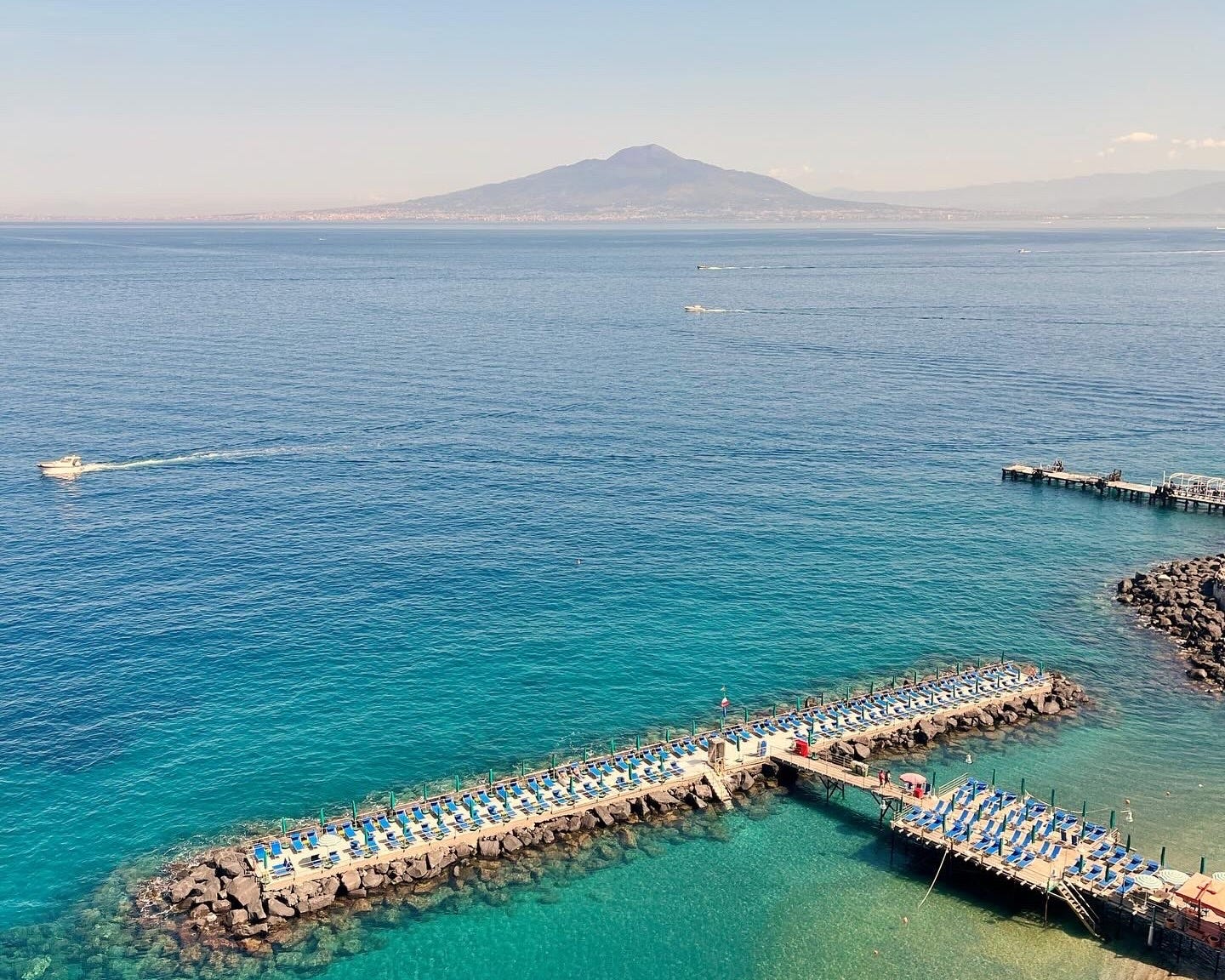
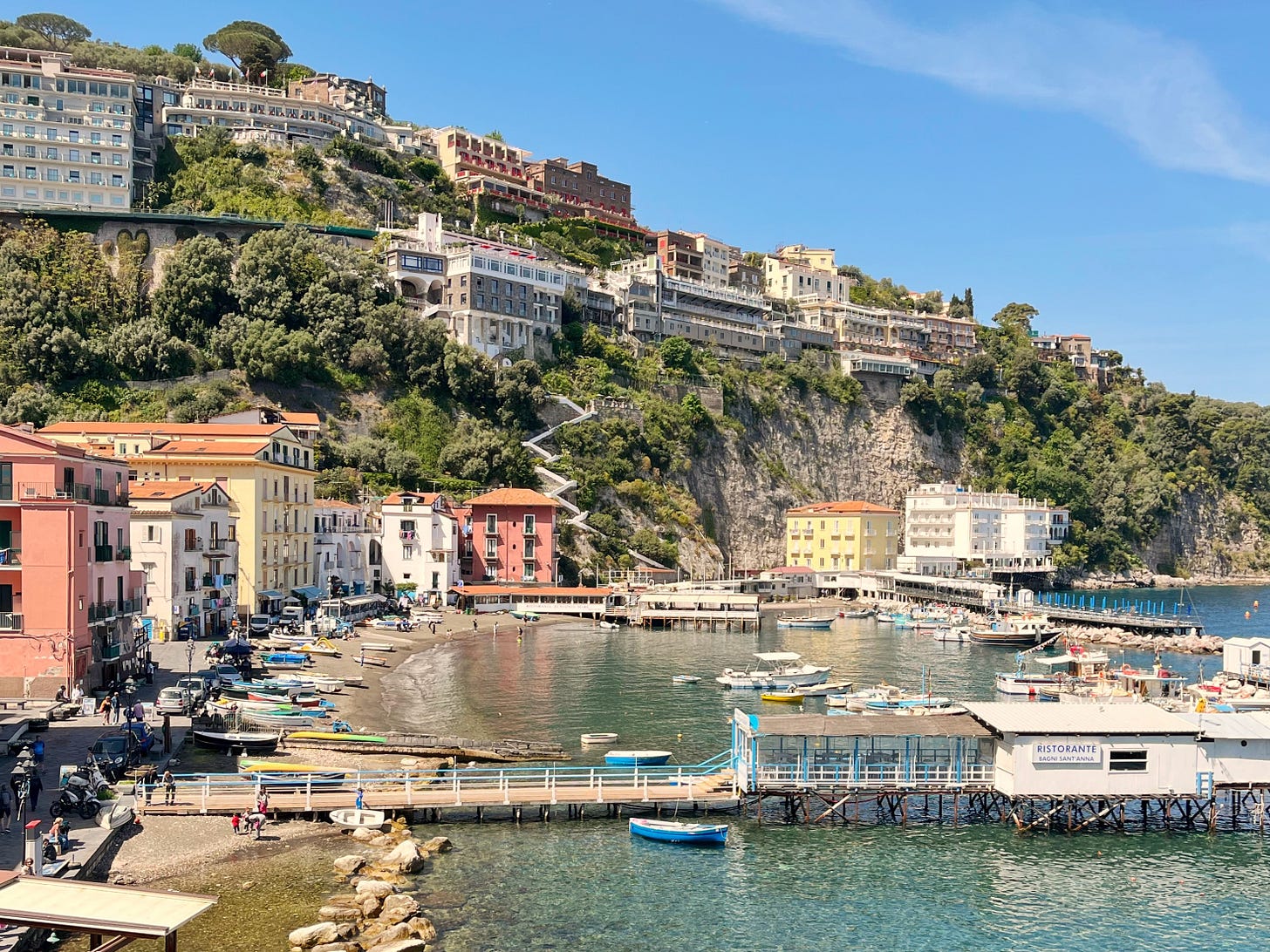
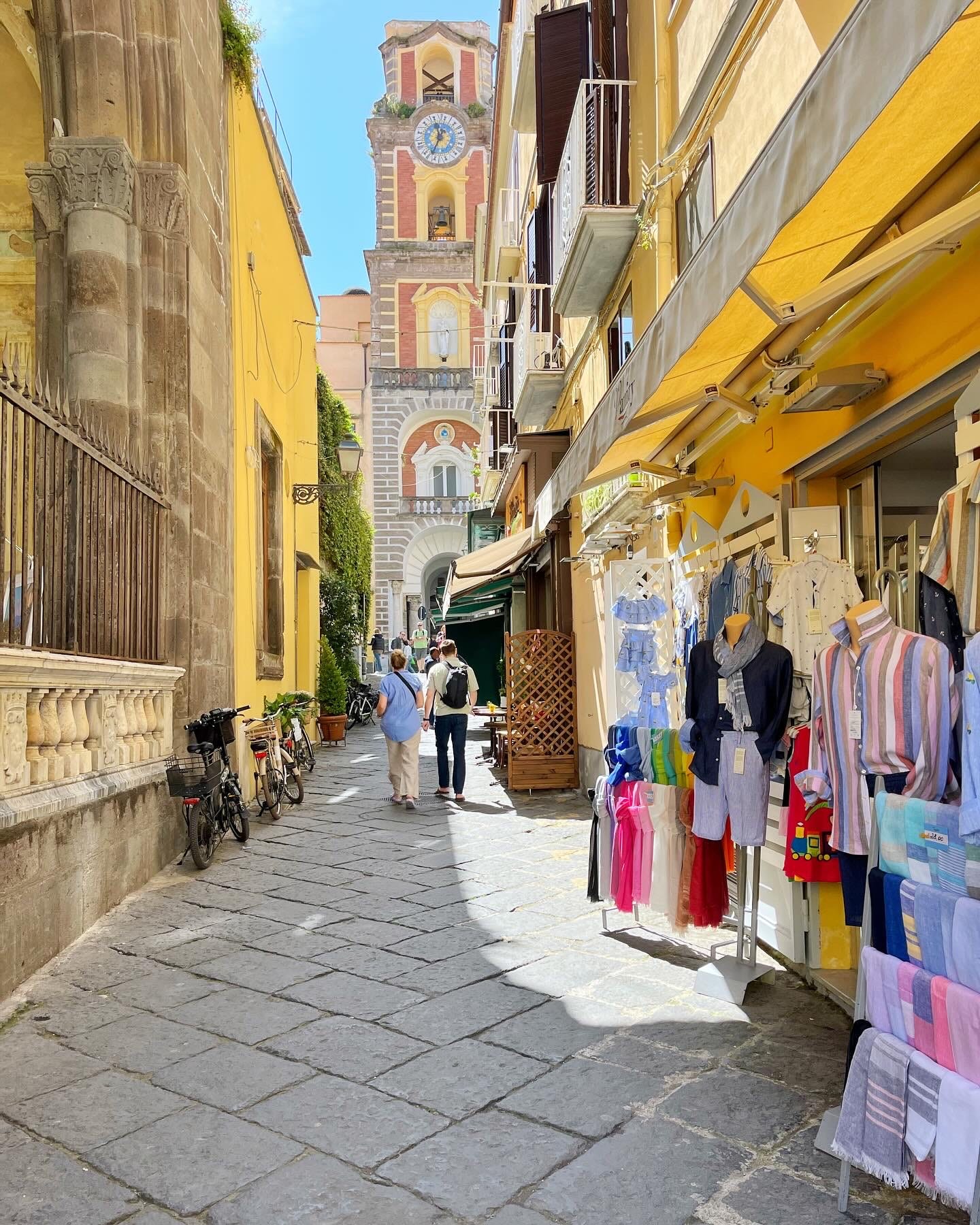
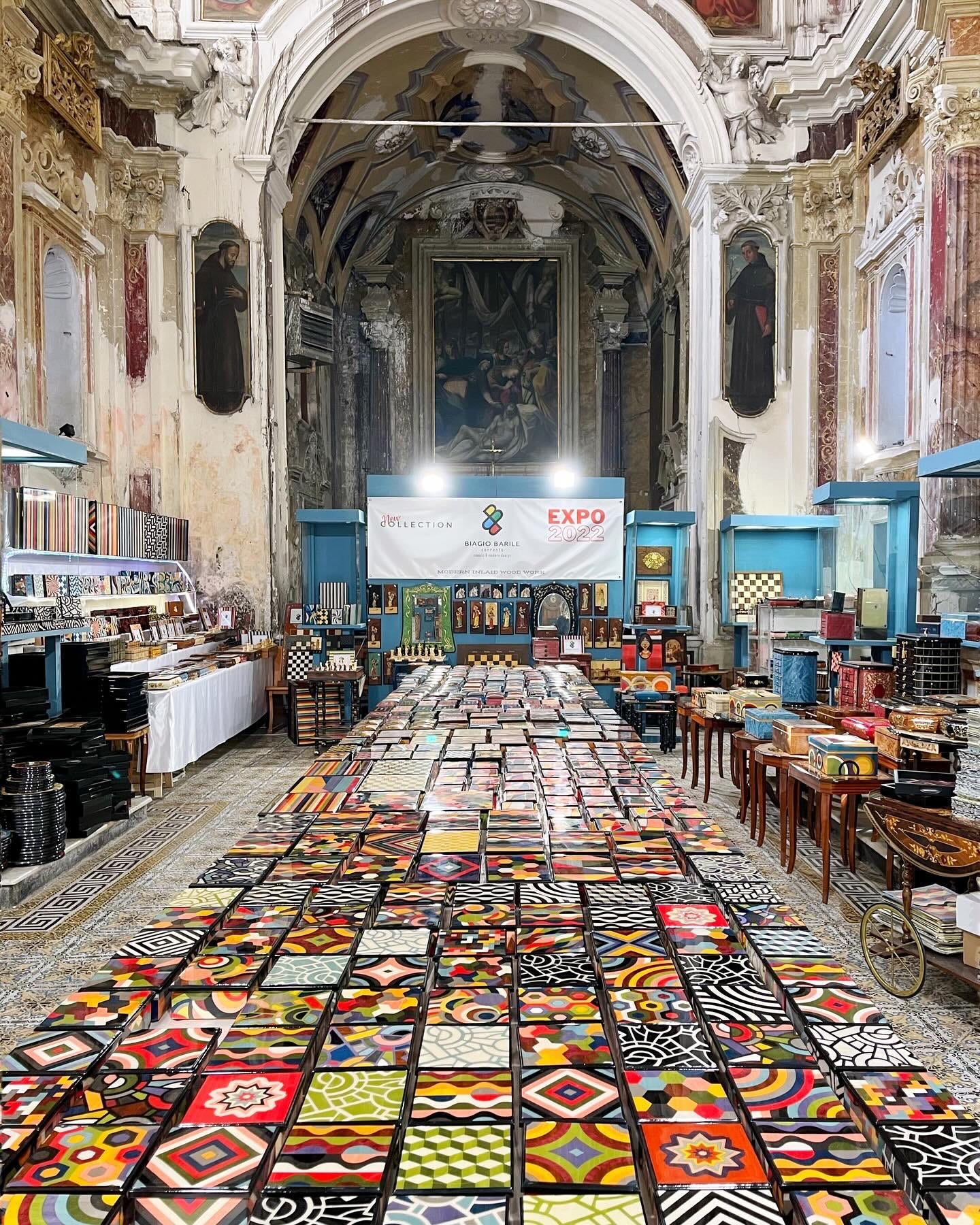
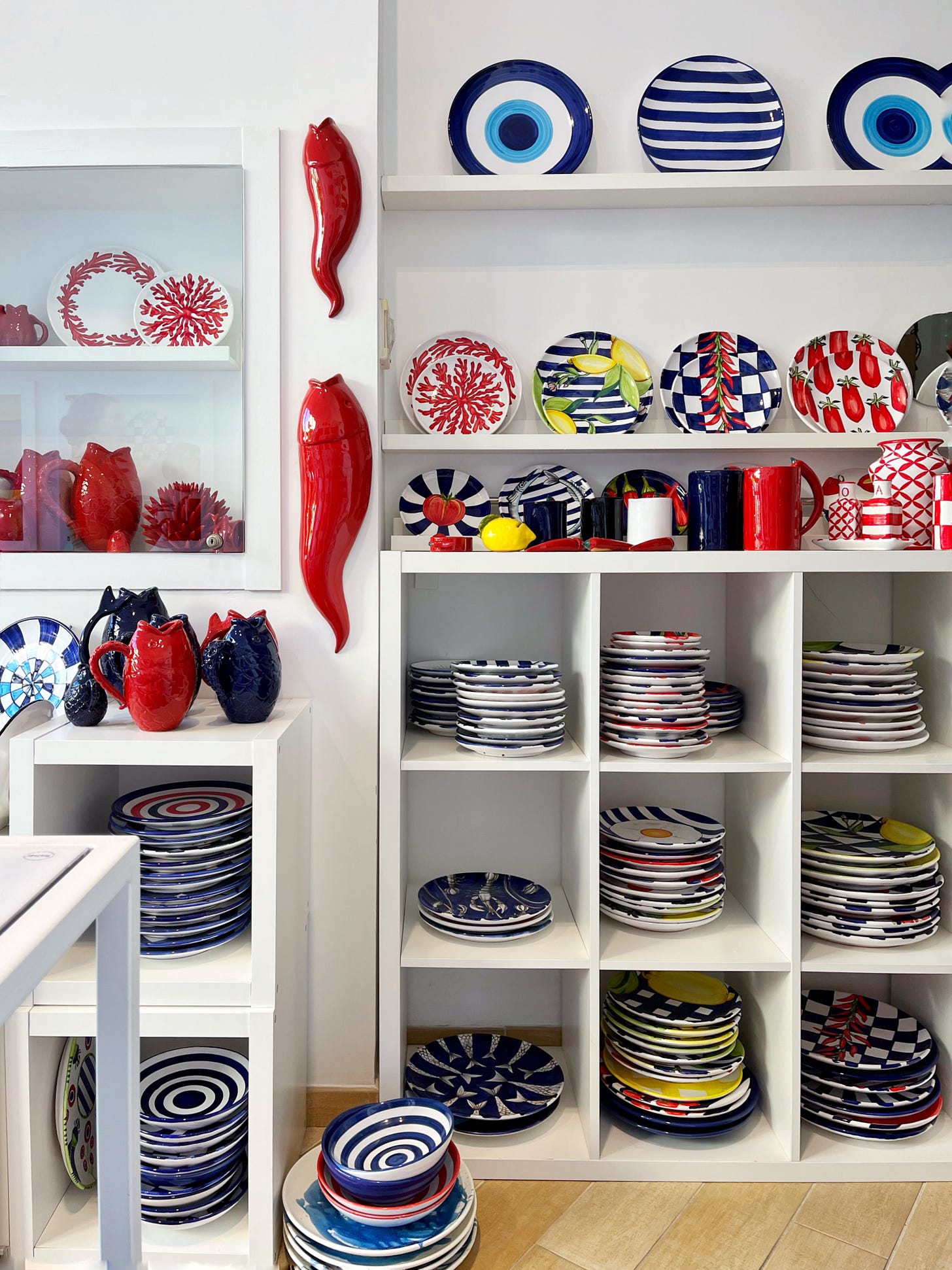
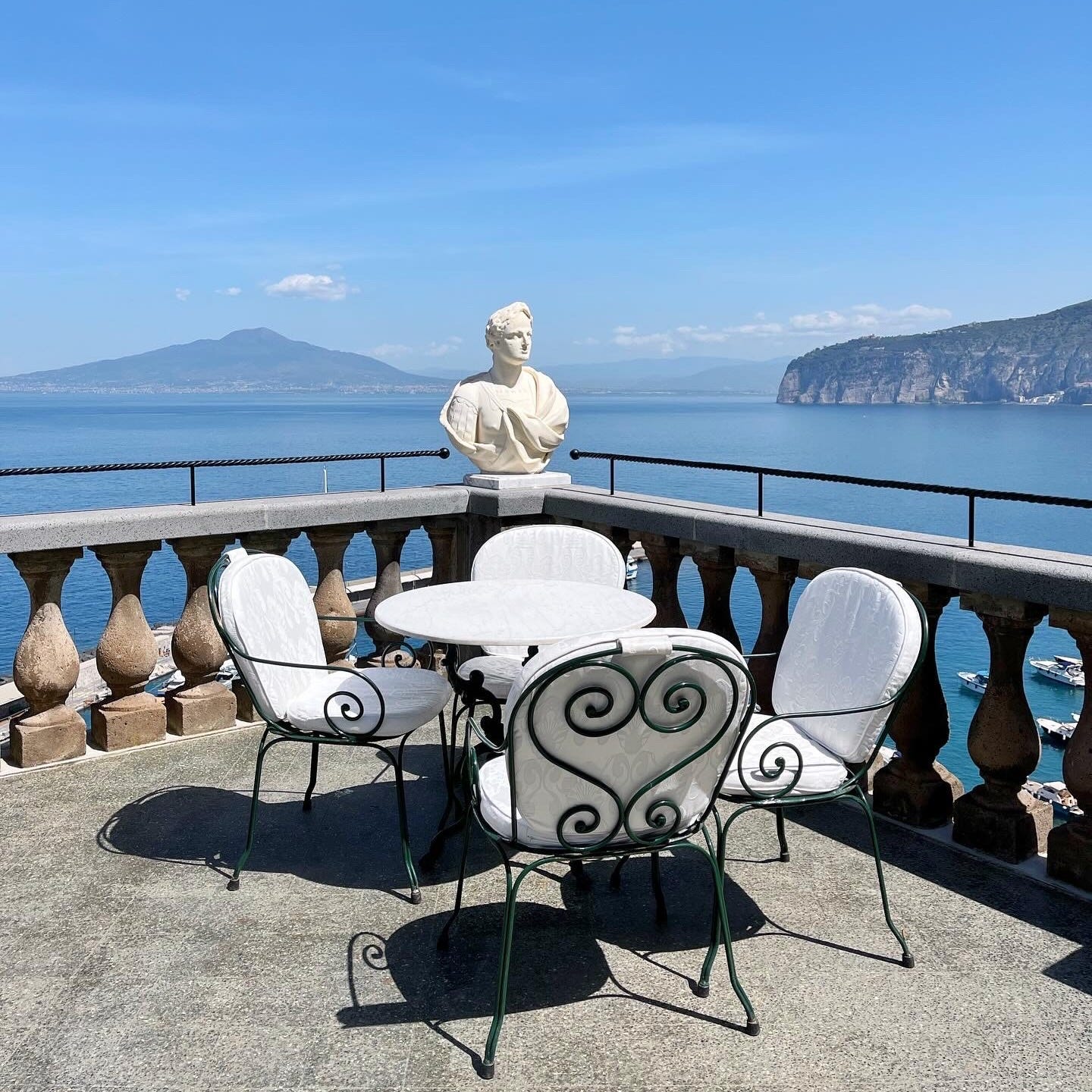

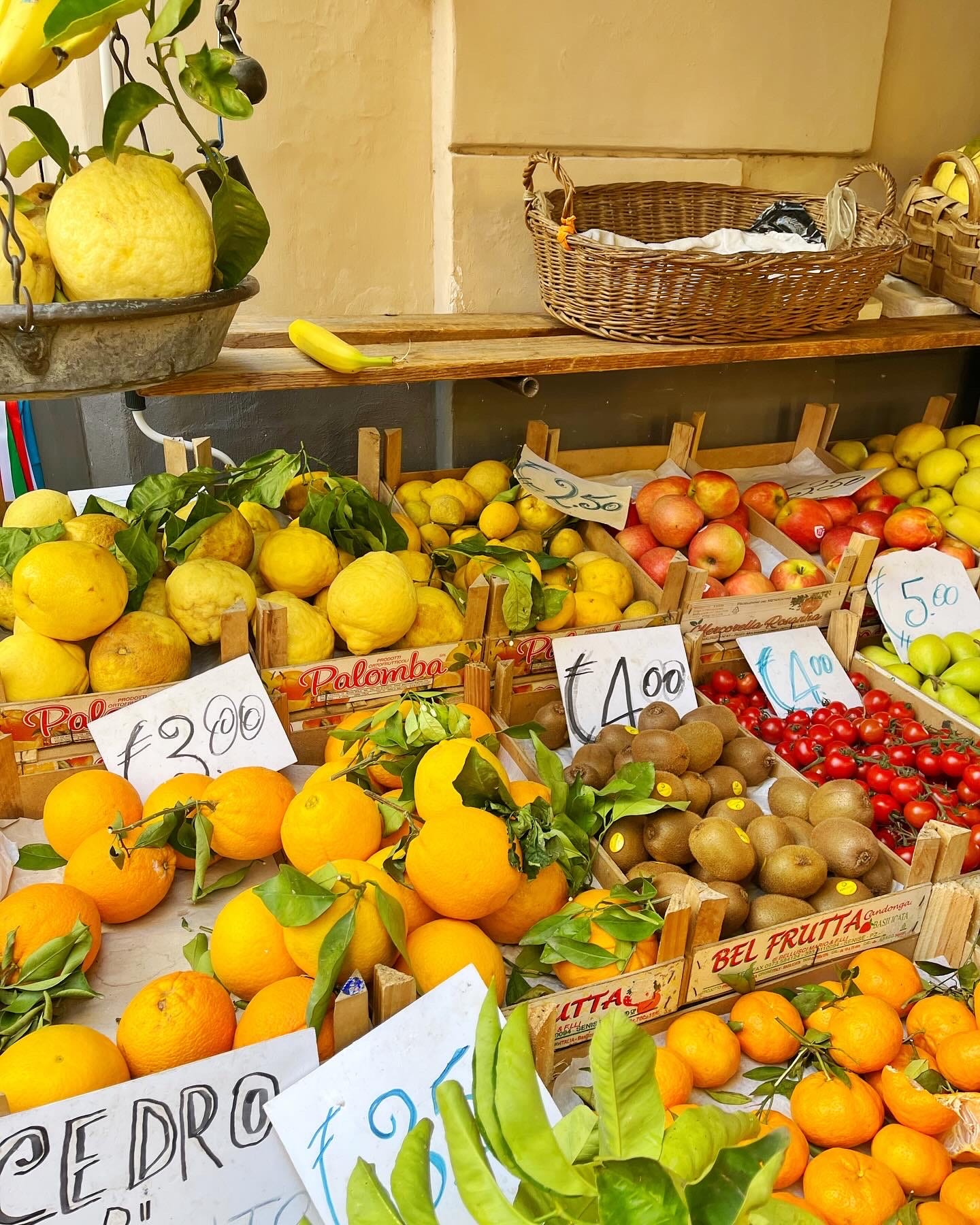
This is just what I needed! I'll be in Italy next week as well with my partner and his parents, and I was looking for some Sorrento suggestions 😊
You are an amazing Treasure Trove of information🏆!
I'm a newly minted Fora Independent Travel Advisor and I'm precisely organizing my first client's family trip ( my daughter's 50th & granddaugter's 15thBirthdays) to Rome/ Ischia/Sorrento/ Matera.
Grazie Assai